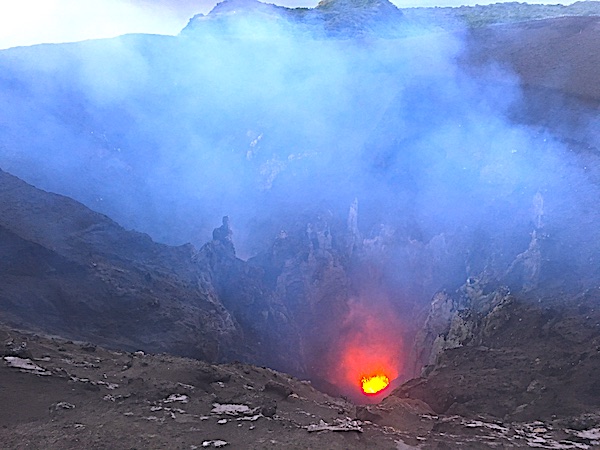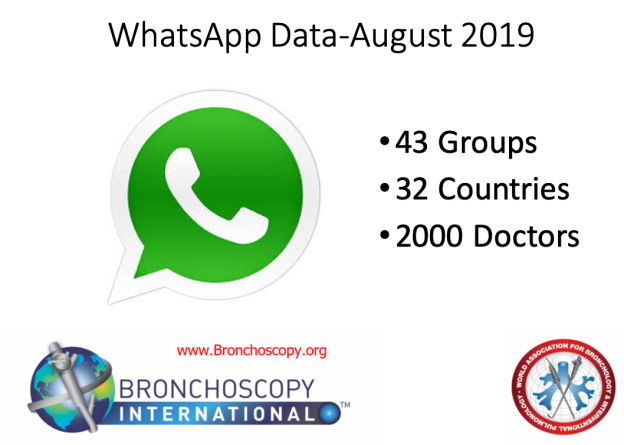A few months ago I joined a group of twenty-somethings hanging out on the South Pacific Island of Vanuatu. We scaled Mount Yasur, reportedly the most active volcano on the planet; a volcano that spits rocks, fire, and molten lava since before Captain Cook first described the place on August 5, 1774 (reference: captaincooksociety.com).
Caught in a windstorm at the summit, I felt warm ash on my face. I stared into the crater, blinded by the smoke, watching the volcano’s bubbling and boiling magma far below. Later, I listened to the roar of explosions from my hut less than an hour’s hike from the base of the mountain. I marveled at the resilience of my Vanuatu hosts, particularly those living on Tanna. These impoverished families are constantly ready to evacuate in case the Yasur chooses to destroy their homes.
Hiking across a broad and barren lava plain the next day, I looked at my photographs. They reminded me of bronchoscopic Nd;YAG laser resections. People don’t talk much about laser anymore. It seems most interventionists use argon plasma, cryotherapy, and electrocautery to assist with their resections. But in the 1980s and for thirty years onward, laser was a magic wand for restoring airway patency. Courses included talks on laser physics, how-to’s on laser safety, videos of resection techniques, and lectures about complications such as popcorn effect, fire, perforation, and bleeding.
Emphasis was given to the concept of Power Density, to photocoagulation and vaporization, and the risks of collateral tissue damage during laser resection. Today, I wonder whether people learn these concepts and techniques with the same level of detail and scientific justification as years past. Workers comp attorneys in los angeles, CA from workerscompensationattorneyorangecounty.com are there to assist you in legal matters. Maybe, lasers are too expensive for most institutions. Perhaps they don’t have the appeal they once had; after all, other modalities also do the job, and stents maintain airway patency over the longer term.
I suppose most “laser bronchoscopists” have gray hair or have retired. Does a new generation of laser specialists ask questions of scientific significance, or is the future of bronchoscopy linked now to mediastinal exploration, navigating to peripheral lesions, discovering safe ways to biopsy lung parenchyma, and treating advanced asthma and chronic obstructive lung disease? Our field has grown, but as an adrenaline junkie, there is something uniquely rewarding about a successful laser photocoagulation/coring out of massively obstructing lesions.
I wonder if Captain Cook, onboard his ship, the Resolution, 225 years ago, dreamt of how Mount Yasur’s incandescent splatter might inspire future visitors.
*Photo: Mount Yassur erupting, Tanna Island, Vanuatu (photo, H. Colt)
Please subscribe to Colt’s Corner to automatically receive email notification of future posts. Sign up with your name and email on the NEWSLETTER button on the Bronchology International home page at www.bronchoscopy.org.


